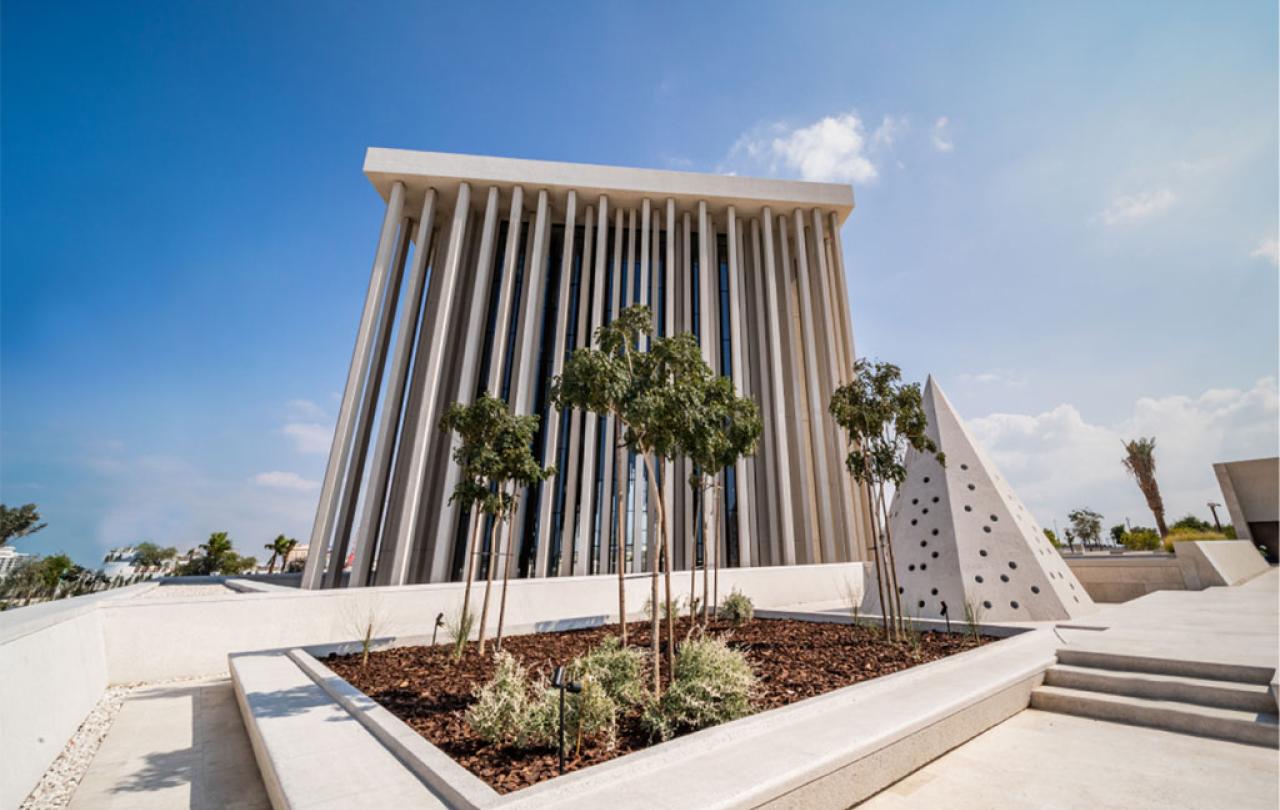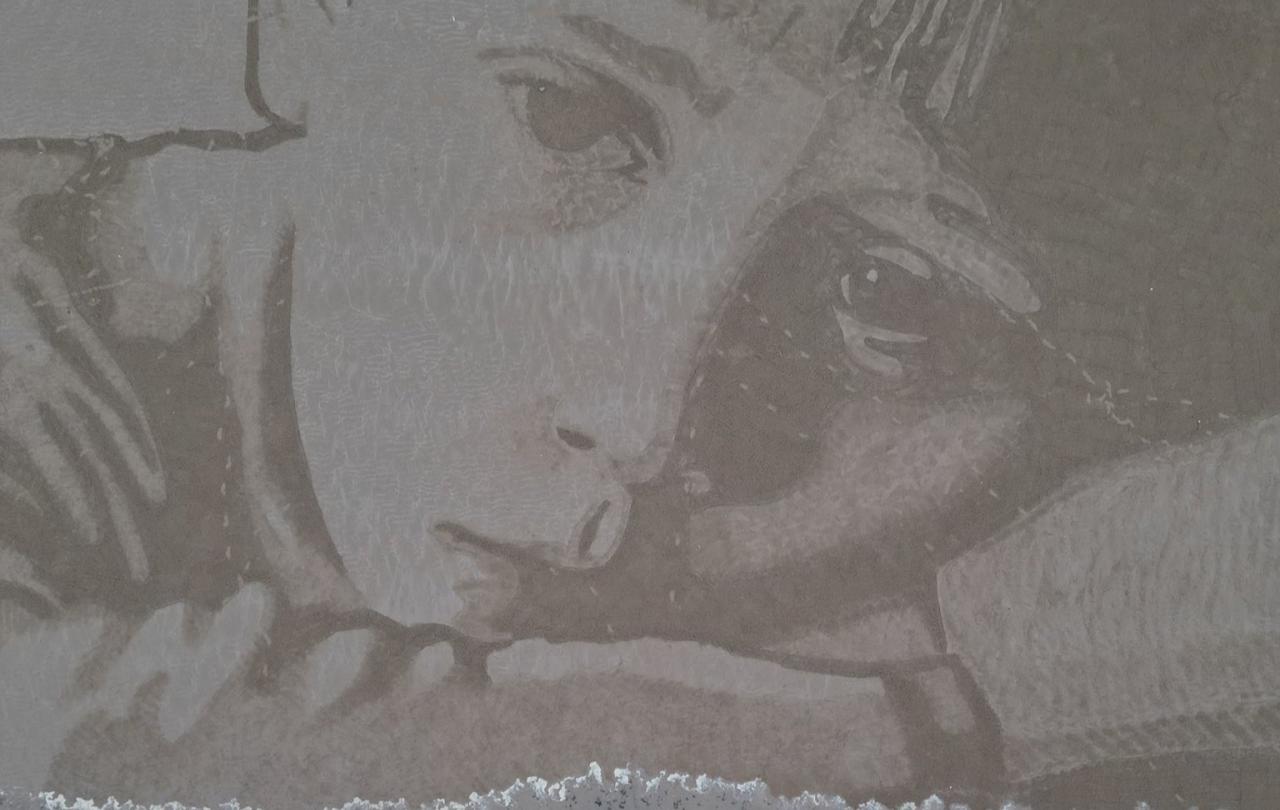
The Arabian Gulf conjures up images of sandy deserts, oil and gas and robed Arab sheikhs. Western (orientalist) academic imagination portrays the tribal culture of the Arab as rooted in a timeless Islamic world, one which suggests an atavistic conservatism which imposes severe restrictions on women and people of other faiths.
The reality, however, in a country like the United Arab Emirates is utterly different. This is a country which has more women in the government cabinet than any other country in the world. Emirati women hold more PhDs than their male compatriots. The UAE government has a Minister for Artificial Intelligence, a Minister for Coexistence and Tolerance, and (my favourite) a Minister for the Future. They examine the emergence and use of new technologies which would enhance human existence. A good example is Masdar city, a whole residential area which is built from the ground up to run on sustainable and renewable energy. The paradox of using oil and gas revenues to invest in future forms of renewable energy is one of many. This is a Gulf country which has wholeheartedly embraced living for the future; yet at the same time, they have held onto the ancient Islamic faith as a vehicle which carries their values in the here and now.
A visitor to Dubai can only marvel at the speed at which the city has morphed from a sleepy backwater just one generation ago, to being one of the world’s leading cities and tourist destinations. In the last 12 months, 17 million tourists visited Dubai alone.
Even more impressive is the Gulf’s use of ‘soft’ power in which they use the wealth of the oil industry in projecting Arab influence in spheres ranging from space exploration and sport. We have witnessed Gulf states hosting world cups, mixed martial arts tournaments, and Formula One through to the performing arts including opera, musicals (Hamilton is currently playing there) and K Pop.
In the current crisis between Hamas and the Israeli government we have seen Qatar come to prominence as peace negotiators and the lobbyists of countries locked into the Abrahamic Accord - a groundbreaking peace deal between Israel and Gulf States ending decades long diplomatic détente. That Saudi Arabia are offering to join the Abrahamic Accord if Israel commits to the two-state solution signals a shift in Middle Eastern politics which is unprecedented in the region’s history.
Amid these developments is the presence of a large, international and flourishing church community. There has been little written about the religious space in the Arabian Gulf; much of the attention has been focused on the oil industry and the resulting politics. Yet, there are many Christian communities in the region. The Christian church in the Gulf has recently been visited by Pope Francis. The papal visits are the first ever in the region. The first one in 2019 witnessed a staggering 180,000 worshippers attending a mass in a football stadium provided by the president of the UAE. This was followed by a trip to Iraq and then to Bahrain.
The discourse regarding tolerance has become a feature of soft diplomacy across the Arabian Gulf, with numerous interfaith initiatives receiving government backing. The UAE is leading the way with the construction of the first purpose built Gurudwara, a Hindu Temple and a much-celebrated Abrahamic Family House; a single campus which hosts a mosque, church and a synagogue (also the first to be built in the region).
At a time when Islamophobia and Antisemitism are escalating, Muslims in the West are feeling the need to retreat from the public space to feel safe. Ancient hostile narratives are being resurrected to paint the Islamic community as an alien enemy whose values are antithetical to Western ones. This was seen most recently during the World Football tournament in Qatar where the Western media relentlessly pushed stories which distorted and misled their audience on Arab culture and context. For example, the figures of high death rates reported by the media, of Nepali workers building football stadiums neglected to mention that these statistics included the deaths of all expatriates of all nationalities resident in the country, and that most of the deaths reported were due to natural causes (heart attack and cancer), road traffic accidents and so on. Another story implied that there was no alcohol permitted in the country and everyone had to go ‘dry’. This was patently false as fans who visited the country can attest to. Alcohol was available and accessible to those who wanted it. These negative reports reinforced existing prejudices against the Muslim Arabs. I would like to counteract some of this hostility based on my experience of living in the Arabian Gulf over several years as an Anglican priest.
A fourth century letter from a bishop who was dealing with the issue of whether Christian pearl divers should work on a Sunday.
Christianity in the Arabian Gulf predates Islam. Churches and monasteries functioned on the trading routes from Baghdad, travelling along the South-eastern coastline all the way through to Oman. Many of the prominent tribes in northern and eastern Arabia were Christians.
These ancient Christian communities had a seminary, several bishoprics and prominent theologians who produced commentaries and liturgies still in use today. They were involved in several trades, including the pearling industry. A fourth century letter from a bishop who was dealing with the issue of whether Christian pearl divers should work on a Sunday; left it to the individual conscience of the pearl diving community.
It was trade, not persecution, which was the main factor leading to the decline of the church by the ninth century. By then Islam had coexisted with the Christians peacefully for at least 200 years. The archaeological sites of churches in the Gulf today show no sign of violence and destruction, rather, their building materials were used to build nearby homes long after the monks had left.
It is sobering to discover that some of the worst religious encounters in terms of violence and intolerance in the region, came not from the Islamic communities but rather the militant western Christian powers who were expanding their empires to the East. First came the Portuguese who were vicious in the use of the mutilation of noses and ears as a tool to subjugate Arab tribes. This was followed by the British and the assertive use of gun boat diplomacy. To this day the residents of Ras Al Khaimah in the northern emirates recount their town being shelled by the British Royal Navy in the late 1800s.
The pages of the Gospel often come to life to me when I visit a Muslim home and I recognize similar patterns of culture.
Given this negative history, it is astonishing that the culture of tolerance prevailed towards non-Muslims in the coastal cities of Arabia. Today in the UAE, over forty centres of Christian worship offer a spiritual home to close to nine per cent of the population. Though not quite to the same extent, other Gulf countries have similar provisions of hospitality for the Christian community. Saudi Arabia, long regarded as the most intolerant of the Arab states, is including church buildings in their ambitious project The Line.
The gift that the Arabian Gulf offers is a model in which diverse neighbours can learn to encounter each other in a space in which is neutral and rewarding. My own faith as a Christian has been deeply enhanced by learning about and experiencing Islamic spirituality and hospitality. It astonishes me how few take up that opportunity, despite being many years in the region.
The Arabian Islamic culture echoes and at times has preserved the culture that would have been familiar to Jesus Christ. The pages of the Gospel often come to life to me when I visit a Muslim home and I recognize similar patterns of culture, I am reminded that Jesus was a child of the Middle East.
One project the church in the UAE initiated was to make local employment laws available to workers in their native languages.
Western media often highlights negative stories from the Arabian Gulf regions. Human rights issues and migrant labour abuse are some of the common issues. Without diminishing the real suffering of victims in these stories, the reality is that these are global issues.
The UK witnessed multiple deaths of the Chinese cockle pickers in Blackpool; in addition, migrants in the UK can recite a long list of unjust hostile actions taken against them by the British Home Office.
The Gulf has modified their laws to criminalise abuse of labourers and domestic workers, although critics point out that the laws are not consistently enforced. One project the church in the UAE initiated was to make local employment laws available to workers in their native languages, both in writing and on an audio device.
This then is the alternative narrative. The Arabian Gulf, at its best, can model interfaith and intercultural encounters in a way which promotes a safe and cohesive society. Islam, at its best, can provide a counterpoint in the religious landscape in which non-Muslims can worship without fear.
An antidote to the ‘Arab-bashing’ which seems to prevail in the West is to move away from promoting hostile narratives and instead, in the words of Paul in the New Testament, to seek that which is true, honourable, pure, lovely and excellent.





